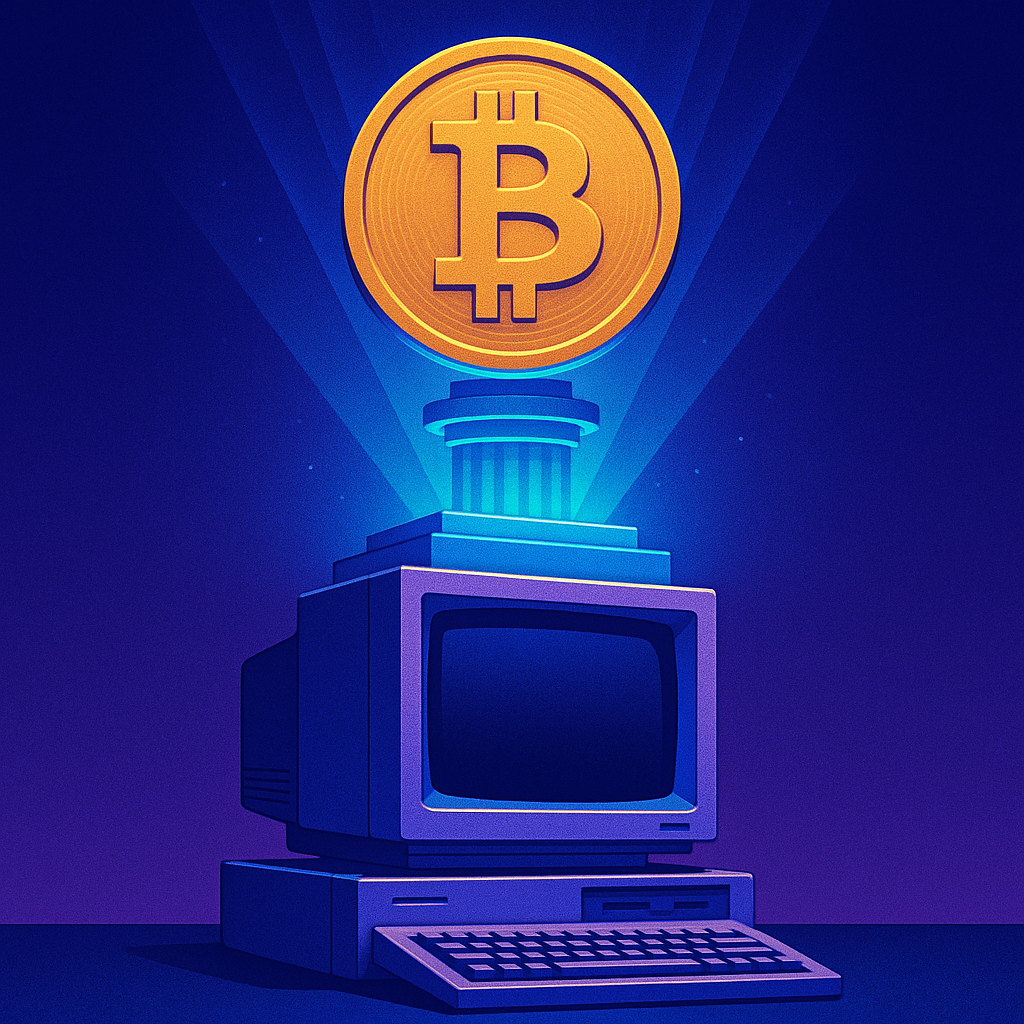While traders were sleeping—well, most of them—the Bitcoin Core devs quietly signed off on what they’re calling a “major change,” penciled in for mid-October. Crypto Twitter woke up, saw the headline, and the laser-eye memes were flying before anyone bothered to read the diff. I get the excitement, but the contrarian in me is screaming, “Hold up, did we not learn anything from 2017?”
Here’s What Actually Happened
According to the pull-request notes on GitHub, Core maintainers approved the inclusion of a new transaction relay logic—think of it as ‘v30’ even though Core doesn’t officially use that naming style. The patch supposedly:
- Improves mempool efficiency by ~15% under heavy load (their benchmark data, not mine).
- Implements early support for BIP-324, the encrypted peer-to-peer handshake Luke Dashjr keeps pushing.
- Changes the default
-dbcacherecommendation from 450 MB to 600 MB. That’s small for us laptop jockeys, but Raspberry Pi node operators are fuming on Reddit right now.
The activation window is the first week of October, assuming 90% of miners upgrade—a target we’ve missed before. Remember Taproot? It got through eventually, but not without drama, pool coordination calls, and the dreaded “user-activated soft fork” hashtag war.
My Knee-Jerk Reaction: Wait, What?
I’m not entirely sure why everyone’s treating this as a guaranteed price catalyst. Yes, CoinTelegraph splashed a “breakout to $113K” overlay on the chart, and even veteran trader Peter Brandt retweeted a symmetrical triangle projection. But we’re still trading at $29,800 as I type—barely 2% up on the 24-hour candle. The 30-day realized volatility hasn’t cracked 3% in weeks, which feels more like a stablecoin than a rocket ship.
If you really believe the new relay code flips the switch from sideways chop to six-figure hero candle, you’re implying software ergonomics equals market psychology. I’m not totally convinced.
Why I’m Not Popping Champagne Yet
1. Upgrade friction. Roughly 21% of nodes are still running Core <= v23, according to Bitnodes. Those machines will continue to relay blocks, but they’ll miss the mempool gains—and that can create a bifurcated network until everyone catches up.
2. Miner politics. A handful of large pools—Foundry USA, AntPool, F2Pool—control over 55% of the hash rate. If even one of them drags its feet, the activation flag day gets messy fast. We saw this exact standoff during SegWit2x.
3. Macro headwinds. Powell’s Jackson Hole remarks hinted at “higher for longer,” and the DXY just printed a six-month high. Liquidity is the tide that lifts Bitcoin—all the fancy GitHub commits in the world won’t defeat a hawkish Fed.
4. Regulatory fog. The SEC v. Coinbase date is looming, and Gary Gensler still won’t say if ETH is a security. If the agency slaps another Wells Notice on a major exchange in Q4, your chart pattern won’t save you.
The $113K Target Everyone Keeps Tweeting
Let’s deconstruct the math. The popular chart floating around uses a classic bullish pennant measuring move: take the November 2022 low ($15,500) and measure to the April 2023 high ($31,000). Project that distance upward from current resistance ($30K) and—voilà—$45K, not $113K. To get six figures, you need the Fibonacci 2.618 extension off the March 2020 COVID low. I love Fib levels as much as the next degen, but stringing them together into a press-release headline feels like hopium more than analysis.
“If technical setups were prophecy, every TradingView ‘wizard’ would already own a private island.” — Me, five minutes ago
Random Tangent: Remember SegWit2x?
I can’t ignore déjà vu. Back in 2017, the New York Agreement promised a block-size bump that was supposed to make Bitcoin unstoppable. Instead, we got hash-rate brinkmanship, ideological mud-slinging, and a last-minute fork cancellation that left traders frozen on Bitfinex for hours. Prices did moon after the dust settled, but not because the upgrade succeeded—it was the anticipation followed by relief the chain survived. Lesson: software drama can pump price and nuke it. Timing is everything.
Why This Matters for Your Portfolio
If you’re a long-only HODLer dollar-cost averaging every week, fine—keep stacking. Network upgrades eventually trend positive. But if you’re an options junkie like me, October is shaping up as a gamma minefield. Deribit open interest shows a fat cluster of $40K calls expiring 27 October. That’s a potential volatility crush if the upgrade fizzles.
On-chain, Glassnode data shows exchange reserves hovering at a three-year low. Bulls argue that’s dry powder. I counter that low float can accentuate downside too—ask anyone who traded the May 2021 cascade.
What I’ll Be Watching Through October
- Miner signalling dashboards—if we stall below 85% after two weeks, I’ll tighten stops fast.
- Hash-price index—a spike usually precedes miner capitulation, not rallies.
- Deribit implied vols vs. BTC DVol Index; a sustained IV climb without spot follow-through is a bearish divergence.
- GBTC discount; last time it narrowed aggressively (pre-BlackRock ETF filing) spot price lagged by days, not hours.
- CPI print on 12 Oct; lands right inside the proposed activation window—thanks, Murphy’s Law.
Bottom Line—Your Move
I’m not saying the October patch will brick nodes or ignite another block-size civil war. Odds are it rolls out fine, the mempool runs smoother, and Reddit node runners buy bigger SD cards. But baking a $113K target into your financial plan because “devs merged code” feels reckless. We still need macro tailwinds, regulatory clarity, and—most of all—social consensus.
So here’s my plan: I’ll keep a core stack cold-stored, trade a small perp position around the upgrade window, and stay nimble. If the breakout happens, awesome—I’ll flip bias as fast as Arthur Hayes edits a blog post. Until then, color me cautiously skeptical.
Do your own research, tighten those risk parameters, and maybe—just maybe—hold off on the champagne until every block has cleared Nashville’s fancy new BIP-324 handshake.



